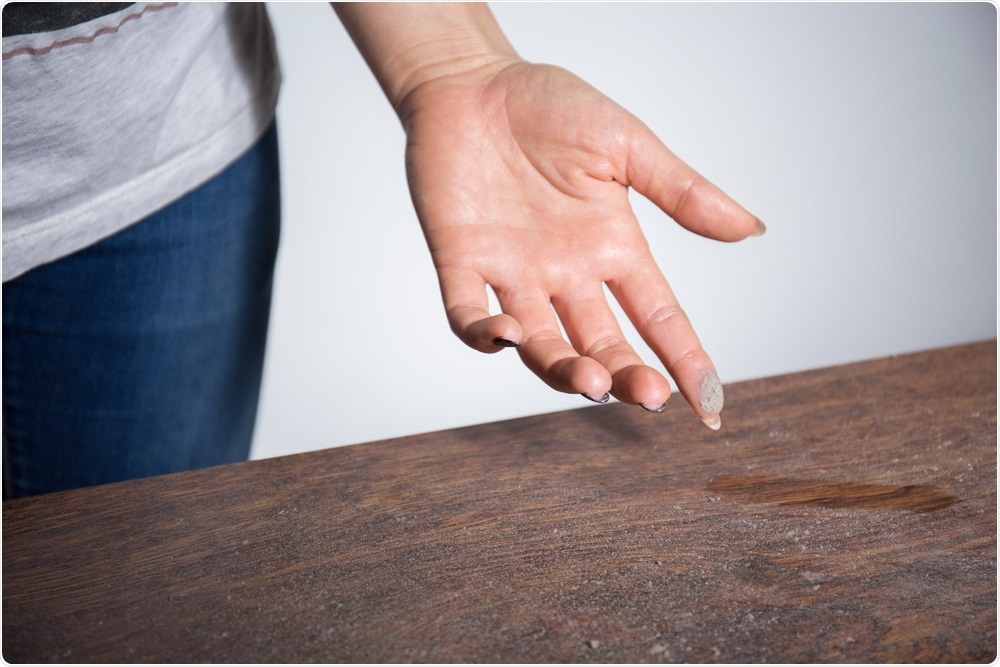New research has found that chemicals found in household dust may promote fat cell development and contribute to increased weight gain in children.
 Photographee | Shutterstock
Photographee | Shutterstock
The researchers observed endocrine-disrupting chemicals (EDCs) found in dust particles accumulated in fat cells, causing them to fill up with triglycerides and forcing more fat cells to be created.
This is some of the first research investigating links between exposure to chemical mixtures present in the indoor environment and metabolic health of children living in those homes.”
Christopher Kassotis, Lead Researcher
The findings were recently presented at ENDO 2019, the Endocrine Society's annual meeting in New Orleans, Louisiana.
EDCs, which disrupt or mimic body hormones, are known to affect reproductive, neurologic and immunologic functions, but preclinical studies have also suggested that early exposure to the chemicals can promote triglyceride accumulation and weight gain.
The US Environmental Protection Agency estimates that children inhale, ingest or absorb between 60 and 100 milligrams of dust each day.
Study author Heather Stapelton says the current study found that “amounts of dust as low as 3 micrograms - well below the mass of dust that children are exposed to daily - caused measurable effects.”
The effects were 'irreversible'
For the research, Stapelton and colleagues extracted chemicals from 194 dust samples collected from 11 households in North Carolina and tested them for their ability to promote fat cell development.
The extracts were placed alongside a pre-adipocyte mouse cell model that has long been used to test substances for their potential effects on triglyceride accumulation.
As reported in the journal Environmental Science and Technology, very low amounts of the extracts promoted precursor fat cell proliferation and seven of the samples triggered pre-adipocytes to mature into fat cells.
Furthermore, once the process begins, it cannot be reversed and once the fat cells reach a certain size, more new fat cells start to develop.
“This suggests that the mixture of these chemicals in house dust is promoting the accumulation of triglycerides and fat cells,” says Stapelton.
EDCs could be linked to childhood obesity
The team found that several of the dust EDCs were significantly elevated in the households of children who were overweight or obese.
Now, the researchers will continue to investigate the chemicals, some of which are commonly found in products such as detergents, paints and cosmetics, to establish which of them may be associated with weight gain and obesity.